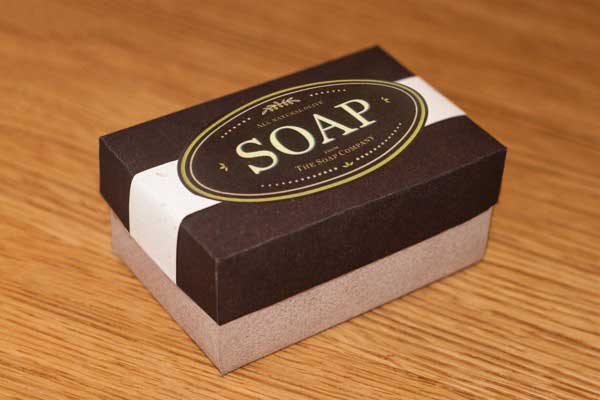Creativity and functionality are crucial elements that cannot be ignored when designing sleeve box packaging to achieve the objectives. Make sure to use the following ideas to design box sleeves. These ideas can help create sleeve box packaging that protects the product and enhances branding and customer engagement, making it a memorable part of the purchasing experience.
Design Ideas for Sleeve Box Packaging
- Minimalistic Aesthetics
Use clean lines and simple graphics to create a modern look. A minimalistic design can emphasize the product inside and appeal to a contemporary audience.
- Custom Cutouts
Incorporate die-cut windows that allow customers to see the product without opening the box. This adds an element of curiosity and can enhance the unboxing experience.
- Unique Shapes and Sizes
Experiment with nontraditional shapes or custom sizes that perfectly fit your product. A unique silhouette can make your packaging stand out on shelves.
- Bold Colors and Patterns
Color psychology can influence purchasing decisions, so choose hues that resonate with your target audience.
- Textured Finishes
Add textures like matte, glossy, or embossed finishes to create a tactile experience. This can add perceived value to your packaging.
- Thematic Designs
Create packaging that reflects a specific theme or story related to the product. For example, seasonal designs for holiday products can enhance the overall appeal.
- Interactive Elements
Integrate interactive features such as pull tabs, pop-ups, or fold-out sections that engage customers and enhance their experience with the packaging.
- Personalization Options
Offer customizable elements where customers can add their names or messages, especially for gift items.
- Informative Inserts
- To enrich the customer experience, include printed inserts within the sleeve that provide additional information about the product, usage tips, or brand storytelling.
How can I Incorporate Eco-friendly Materials into Sleeve Box Packaging
Incorporating eco-friendly materials into sleeve box packaging effectively aligns your brand with sustainability values while appealing to environmentally conscious consumers.
Strategies for Eco-Friendly Sleeve Box Packaging
- Use Recycled Materials
Opt for sleeves made from post-consumer recycled paper or cardboard. This reduces the need for virgin materials and minimizes waste in landfills. Many suppliers offer custom-printed sleeves using recycled content, which can be tailored to your branding needs.
- Choose Biodegradable Options
Consider using biodegradable materials such as PLA (polylactic acid) derived from plant starches like corn and sugarcane. These materials can decompose naturally, making them a sustainable alternative to traditional plastics.
- Implement Kraft Paper
Kraft paper is a popular eco-friendly option due to its natural appearance and recyclability.
- Explore Compostable Packaging
Look for packaging options that are certified compostable, meaning they can break down in composting conditions without leaving harmful residues. This includes materials made from plant-based sources.
- Utilize Innovative Materials
Investigate newer materials like mushroom packaging, which is made from mycelium, or cornstarch packaging, which is both biodegradable and renewable. These options provide unique branding opportunities while supporting sustainability.
- Design for Recycling
Create easy sleeves to detach from the primary packaging, facilitating proper recycling. This design consideration helps consumers sort their waste more effectively.
- Minimalist Design Approach
Adopt a minimalist design that uses less ink and fewer materials overall. This not only reduces environmental impact but also presents a sleek and modern aesthetic that appeals to many consumers.





